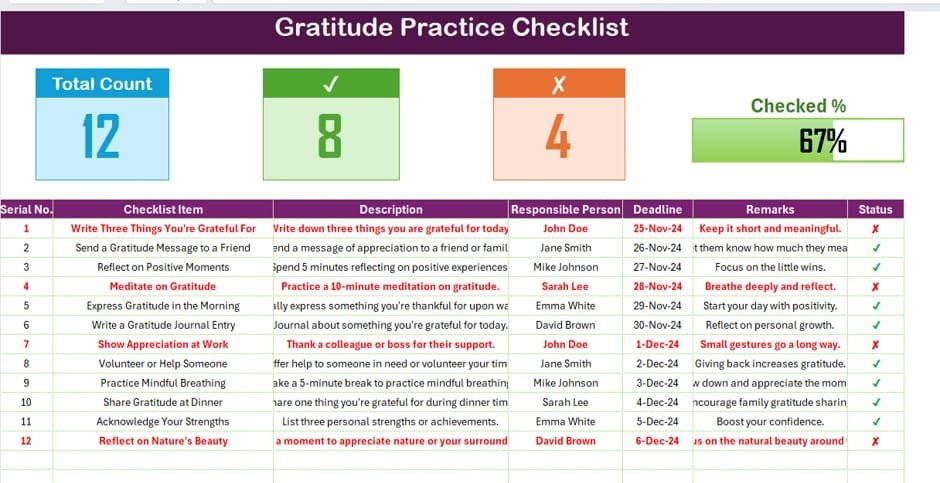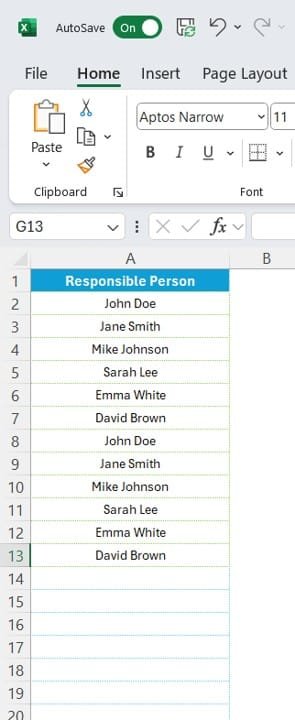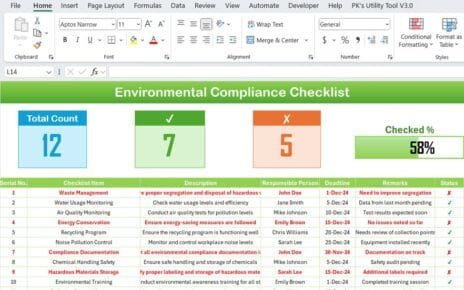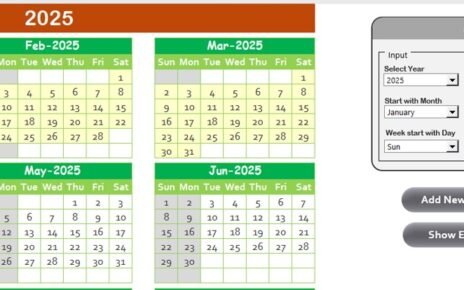Gratitude is more than just a feel-good emotion; it’s one of the most powerful habits you can build for your mental and emotional well-being. Not only does it boost your mental health, but it also helps cultivate happiness, contentment, and emotional resilience. Whether you’re new to gratitude or looking for a more organized way to practice it daily, the Gratitude Practice Checklist can help you stay on track. It ensures you take intentional steps to nurture a grateful mindset every day.
In this article, we’ll break down the Gratitude Practice Checklist, explore its key features, benefits, and best practices, and show you how to make the most of it. Let’s get started!
Click to Gratitude Practice
What is a Gratitude Practice Checklist?
A Gratitude Practice Checklist is a tool designed to help you consistently engage in gratitude exercises. By breaking down gratitude practices into simple, manageable steps, it helps you stay focused and make time for gratitude in your everyday life.
This tool isn’t just for personal use; it can also be great for organizations wanting to create a culture of appreciation and positivity. By using a structured approach, the checklist helps you prioritize what you’re thankful for and incorporate gratitude into various aspects of your life.
Key Features of the Gratitude Practice Checklist
The Gratitude Practice Checklist comes with two main worksheets to guide you in your daily gratitude practice:
Gratitude Practice Checklist Sheet
This sheet is where you’ll track all the essential details of your gratitude practice:
- Top Section: This includes things like total count, checked count, crossed count, and a progress bar to help you track how much you’ve completed.
- Checklist Table: This is where you’ll list each gratitude task with the following columns:
- Serial No.: A number to keep things in order.
- Checklist Item: A specific gratitude task.
- Description: Why this task is important.
- Responsible Person: Who’s in charge of completing the task.
- Deadline: When the task should be completed by.
- Remarks: Additional notes or helpful tips.
- Status: A checkbox to mark the task as complete (✔) or not done (✘).

Click to Gratitude Practice
List Sheet Tab
This sheet is where you list the people responsible for each task. It includes a dropdown menu for the “Responsible Person” column in the main checklist, which makes it easy to assign tasks and keep track of progress.

Click to Gratitude Practice
Advantages of Using the Gratitude Practice Checklist
Now, let’s take a look at how the Gratitude Practice Checklist can help you build a more consistent gratitude practice:
- Increases Consistency: A structured checklist ensures you practice gratitude regularly, making it part of your daily routine and turning it into a habit.
- Promotes Accountability: Assigning tasks and deadlines helps you stay accountable. You’ll know exactly who’s responsible for each task, so no one falls behind.
- Enhances Mindfulness: The checklist encourages you to reflect on positive moments, write gratitude messages, and express appreciation. These activities help you stay present and mindful.
- Helps Track Progress: You can see how far you’ve come with progress indicators like the total count and a progress bar. Celebrating these small wins can keep you motivated and committed.
- Encourages Positivity: Practicing gratitude regularly has been proven to improve mental health, reduce stress, and boost happiness. It helps you develop a more positive outlook on life.
Opportunities for Improvement in Your Gratitude Practice
While the checklist is a fantastic tool, there’s always room for improvement. Here are a few ways to take your gratitude practice even further:
- Add More Personalization: You can customize the checklist to suit your needs. For example, focus on gratitude practices that relate to work, relationships, or personal growth—whatever matters most to you.
- Use Visual Reminders: If you’re using the checklist digitally, add visual reminders or motivational quotes. These can help lift your spirits and inspire you to practice gratitude, even on tough days.
- Review and Reflect Regularly: Make it a habit to review your list weekly or monthly. Reflect on how your gratitude practice is evolving, and adjust it as necessary.
- Get Others Involved: Try involving your family or colleagues. It’s a great way to create a collective culture of appreciation and positivity.
Best Practices for Using the Gratitude Practice Checklist
To make the most of the Gratitude Practice Checklist, here are some tips:
- Start Small and Build Gradually: If you’re new to gratitude practices, begin with small tasks—like writing down three things you’re thankful for each day. As you get more comfortable, you can add deeper practices, such as journaling or sending gratitude messages.
- Be Specific in Your Gratitude: Instead of just saying, “I’m grateful for my family,” try something more specific, like “I’m grateful for how my sister supported me during a difficult time.” The more specific your gratitude, the more meaningful it becomes.
- Set Clear Deadlines: Deadlines create a sense of urgency and keep you on track. By setting deadlines for each task, you’ll avoid procrastination and stay consistent.
- Mix Things Up: Keep your practice fresh by varying the tasks. Alternate between reflecting on positive moments, expressing gratitude in the morning, or volunteering. Mixing things up will prevent gratitude from feeling like a chore.
- Review Your Progress Regularly: At the end of each week or month, take a moment to reflect on how you’ve been doing. Look at your checklist to see your progress, make adjustments if needed, and keep moving forward.
Frequently Asked Questions (FAQ) About the Gratitude Practice Checklist
- How does the Gratitude Practice Checklist help with practicing gratitude?
The checklist breaks down tasks into manageable steps, helping you stay organized and consistent. It also lets you track your progress and stay accountable.
- What if I miss a day of gratitude practice?
Don’t stress! Just pick up where you left off. The key is to stay consistent, so don’t be too hard on yourself. You can adjust your deadlines if you need more time to catch up.
- Can I use the checklist for a group or team?
Absolutely! The checklist works great for both individuals and groups. You can assign tasks to different people, track everyone’s progress, and foster a collective culture of gratitude.
- How can I make my gratitude practice more meaningful?
To deepen your practice, be specific about what you’re grateful for. Share your gratitude with others, whether through messages, small gestures, or acts of kindness.
- What if I find it hard to stay consistent with my gratitude practice?
Start by setting small, achievable goals. Maybe just one task a day to begin with, and then gradually build up. You can also set reminders or involve others to help keep you on track.
Conclusion
The Gratitude Practice Checklist is a simple yet powerful tool for developing a more positive, grateful mindset. By breaking gratitude practices down into manageable tasks, it helps you stay consistent and track your progress. Whether you’re using it for personal growth or to foster a culture of appreciation in your workplace or family, this checklist can guide you toward a more fulfilling life. Remember, the key is consistency—so make gratitude a daily habit and enjoy the benefits it brings!
Visit our YouTube channel to learn step-by-step video tutorials


